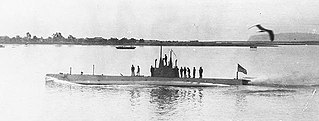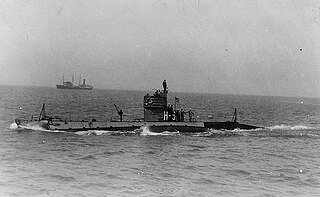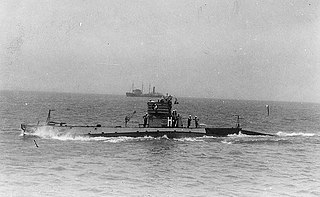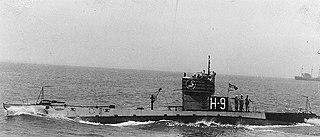
USS F-2 (SS-21) was an F-class submarine built for the United States Navy during the 1910s.

USS O-1 (SS-62) was the lead ship of her class of submarines built for the United States Navy during World War I.

USS R-23 (SS-99) was an R-class coastal and harbor defense submarine built for the United States Navy during World War I.

USS R-23 (SS-100) was an R-class coastal and harbor defense submarine built for the United States Navy during World War I.

USS R-26 (SS-103) was an R-class coastal and harbor defense submarine built for the United States Navy during World War I.

USS R-25 (SS-102) was an R-class coastal and harbor defense submarine built for the United States Navy during World War I.

USS N-1 (SS-53) was a N-class coastal defense submarine built for the United States Navy during World War I.

USS N-7 (SS-59) was a N-class coastal defense submarine built for the United States Navy during World War I.

USS L-2 (SS-41) was an L-class submarine of the United States Navy.

USS L-8 (SS-48) was an L-class submarine built for the United States Navy during the 1910s.
USS K-4 (SS-35) was a K-class submarine built for the United States Navy during the 1910s.

USS H-4 (SS-147) was a H-class submarine originally built for the Imperial Russian Navy. Six of these were not delivered pending the outcome of the Russian Revolution of 1917 before being purchased by the United States Navy on 20 May 1918.

USS H-5 (SS-148) was a H-class submarine originally built for the Imperial Russian Navy. Six of these were not delivered pending the outcome of the Russian Revolution of 1917 before being purchased by the United States Navy on 20 May 1918.

USS H-6 (SS-149) was a H-class submarine originally built for the Imperial Russian Navy. Six of these were not delivered pending the outcome of the Russian Revolution of 1917 before being purchased by the United States Navy on 20 May 1918.

USS H-7 (SS-150) was a H-class submarine originally built for the Imperial Russian Navy. Six of these were not delivered pending the outcome of the Russian Revolution of 1917 before being purchased by the United States Navy on 20 May 1918.

USS H-8 (SS-151) was a H-class submarine originally built for the Imperial Russian Navy. Six of these were not delivered pending the outcome of the Russian Revolution of 1917 before being purchased by the United States Navy on 20 May 1918.

USS H-9 (SS-152) was a H-class submarine originally built for the Imperial Russian Navy. Six of these were not delivered pending the outcome of the Russian Revolution of 1917 before being purchased by the United States Navy on 20 May 1918.

USS C-4 (SS-15) one of five C-class submarines built for the United States Navy in the first decade of the 20th century.

USS D-3 (SS-19) was a D-class submarine built for the United States Navy in the first decade of the 20th century. It was the first submarine to make an over ocean voyage under its own power.

The United States N-class submarines were a class of seven coastal defense submarines built for the United States Navy during World War I.


















